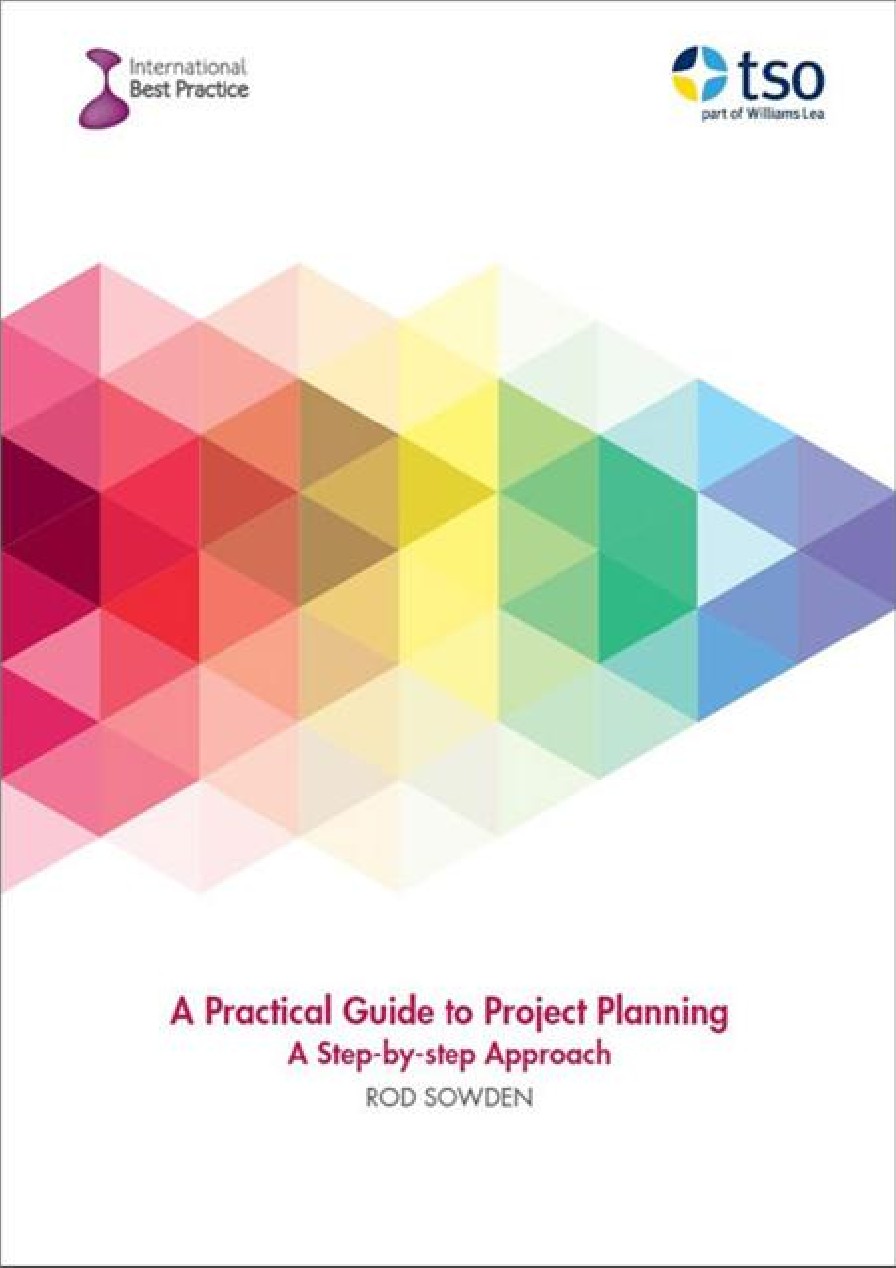eLearning Log in
Login here using your username and password
How do I Establish Project Priorities?
Introduction
At the same time as checking the requirements it is important to establish priorities. Not all requirements will have equal priority and a structured approach to decision-making will be needed. Stakeholders will have their own views on what is important to them, and not all can be completely satisfied.
Tip
One of the biggest obstacles that a project can face is a lack of willingness to engage. You therefore need to focus communications on trying to answer the question ‘What is in it for you?’.

This extract has been reproduced with permission from A Practical Guide to Project Planning, TSO 2016. If you’d like to read more you can purchase the copy of the book here.
Technique
The best way to check the requirements is to distribute the table of requirements (e.g. Table 2.6) and request that the stakeholders confirm them. As part of this process, you should also establish the priority of each of the requirements for the various stakeholder groups.
All ratings should be on a scale of 1 to 5, with 1 as highest. Thus:
- High 1
- Medium high 2
- Medium 3
- Medium low 4
- Low 5.
In establishing the priority of the requirements for various groups you are looking to find the common priorities. Criteria for priority rating are:
- Level of support: This indicates requirements that are important to most stakeholders and those that are isolated and important to only one group. Filtering by originator will show which stakeholder group proposed the requirement, but we can enhance this by a more thorough stakeholder analysis leading to a detailed stakeholder profile showing degree of support and ‘winners’.
- Level of priority: How important are the requirements in terms of priority? This will require stakeholders to rate the importance on a scale.
- Level of importance: How important is the requirement to meeting the objectives of the project? If it directly contributes to the achievement of more than one objective, then it should be rated more highly.
- Level of complexity: How easy it is likely to be for the project to deliver may also have an impact on whether it will be included. If the requirement can be met by a relatively simple change or as part of other work then it may represent a quick win which will help to keep the stakeholders on board.
Example
Table shows the requirements with the overall priority levels attached.
Requirements and priorities for the training course project

Once the criteria have been rated, the requirements can be analysed in a number of different ways by using comparison matrices with different criteria on the axis. Table 2.9 provides an example of what should be recorded as a minimum.
Analysis of the requirements for the training course project

By recording the scores in this way, you can quickly see how the requirement should be prioritized; the requirement with the lowest total rating is the highest priority. In a complex project, some weighting to ensure that the requirements that have the highest business importance may be needed. In many instances, you may need also to give a weighting to priority and importance but this moves use well beyond an ‘easy guide’ into the realms of business analysis techniques.
